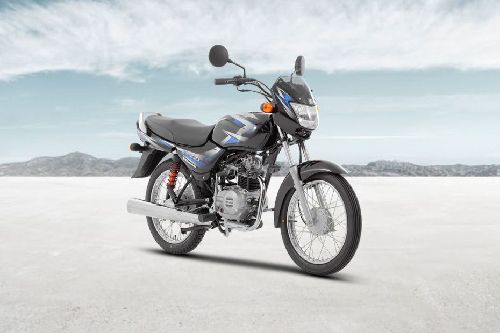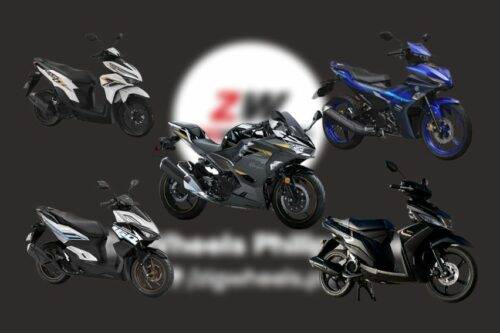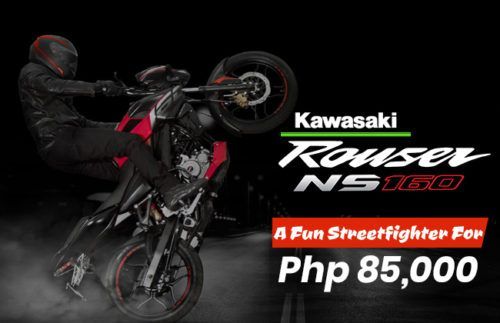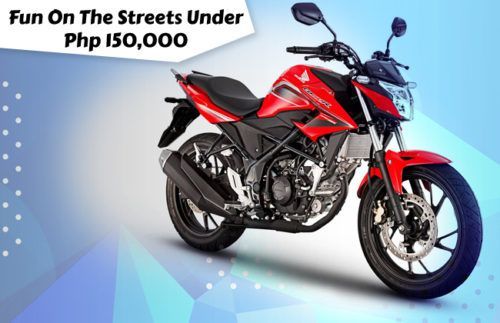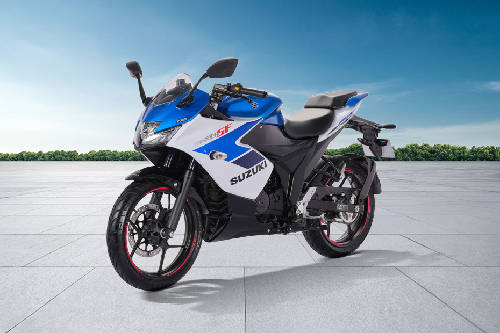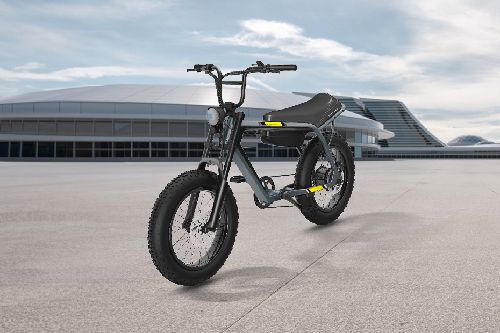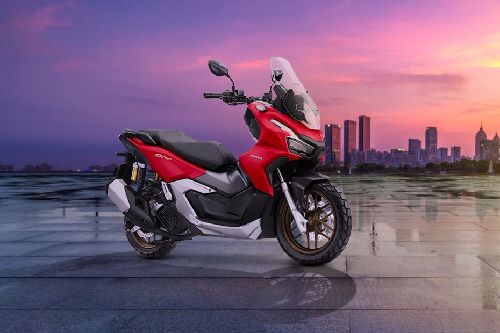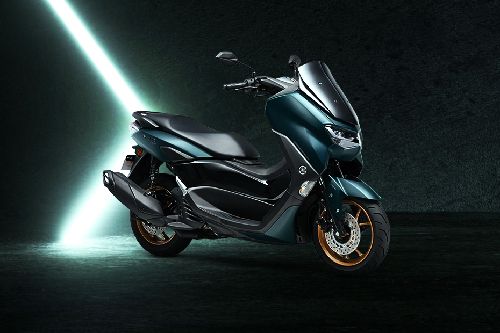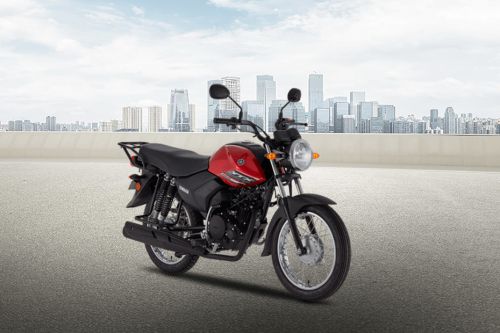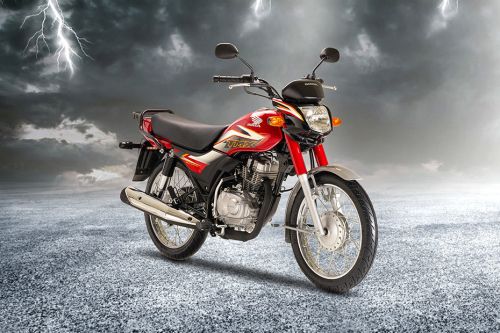Kawasaki Barako II - Things buyers should know

The Kawasaki Barako is well known in the country for being the workhorse that it is. It was first launched in 2004 as a replacement for the two-stroke Kawasaki HDIII 125. The Barako II, however, was launched to make the bike look more refined, thus making it competitive against the likes of the Honda TMX series, Yamaha YTX, and Kawasaki’s own CT150. It was also necessitated because of the change in emission norms.
People looking for a bike for commercial purposes would be particularly interested in this motorcycle. Kawasaki has therefore made sure to equip it with features that make it well-suited for the job. Here’s a look at all the things that you should know if you are going to buy a Kawasaki Barako II.
The Kawasaki Barako is powered by an air-cooled and carbureted 177 cc, 4-stroke, SOHC, single-cylinder engine with secondary air injection. The secondary air injection is what allowed the bike to get through Euro II emission norms. It passes through Euro III emission norms thanks to its new exhaust. Peak power output is 12.74 hp at 7,500 rpm and peak torque is 13.4 Nm at 4500 rpm. The engine produces 15% more power over the previous iteration. This extra power makes it easier for the bike to go over every kind of terrain in all weather conditions as well as going uphill. Power is delivered using a 4-speed transmission.
There is an option to use either the electric starter or the kick starter. The kick starter is enhanced with what Kawasaki calls the Automatic Compression Release System or KARC. This distinct feature allows valves to release the cylinder pressure so that it matches the atmospheric pressure. After this, the valves close and ignition starts. This system makes it easier for the rider to start their bike using just the kickstart. The bike also comes with a choke that helps with cold starts.
The engine is now 13 percent more economic and returns a mileage of 57 kmpl. The fuel tank itself is quite sufficient at 12 litres. With a fuel gauge now doing duty on the instrument cluster, it is even easier to take control of your fuel expenses without having to open your tank every few hours.
The other major improvement apart from the engine is in the styling. Even the minor tweaks that Kawasaki has bestowed on the Barako have made the bike very appealing. The rectangular headlight gets a sporty shroud and indicators just below it. The engine components are painted black and look very sporty. Even the wheel hubs are painted black which is a nice touch. The silencer is no longer chrome plated but comes with a matte black coating that makes the bike look compact.
The Barako also has many practical features that augment its utilitarian nature. The dual seat is long and flat for extra passengers. There is a flat rack in the rear for holding cargo. There is also a mount placed on the underbone based chassis just above the engine to attach a sidecar. Barako II has a quadruple rear suspension that lets the bike carry all manner of heavy loads and passengers.
Braking is done through drum brakes on both the front and rear wheels which are large 17” spoked ones.
Together with all these features and a price tag of Php 81400, the Barako II continues to be a very good investment for any business owner. Apart from these features, the bike also continues to be very rugged and reliable. Service and parts availability have also never been an issue. Issues have been faced with the carburettor overflowing when the bike was running continuously on low-quality fuel. But even the toughest and rugged vehicle needs some care when it is supposed to be the breadwinner of your family. Even so, the Kawasaki Barako II will take a lot of punishment and keep running through thick and thin. Truly a bike that will work just as hard as you do.
Kawasaki Motorcycle Models
PIMS 2024
Trending & Fresh Updates
- Latest
- Popular
You might also be interested in
- News
- Featured Stories
Kawasaki Featured Motorcycles
- Latest
- Upcoming
- Popular
Trending Street
- Latest
- Upcoming
- Popular
Kawasaki Barako II Motorcycle Articles From Carmudi
- journal
- advice
- insurance






